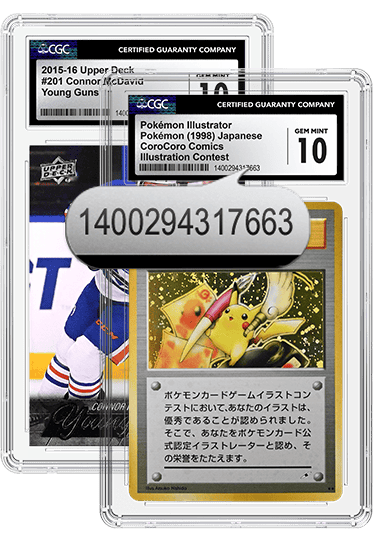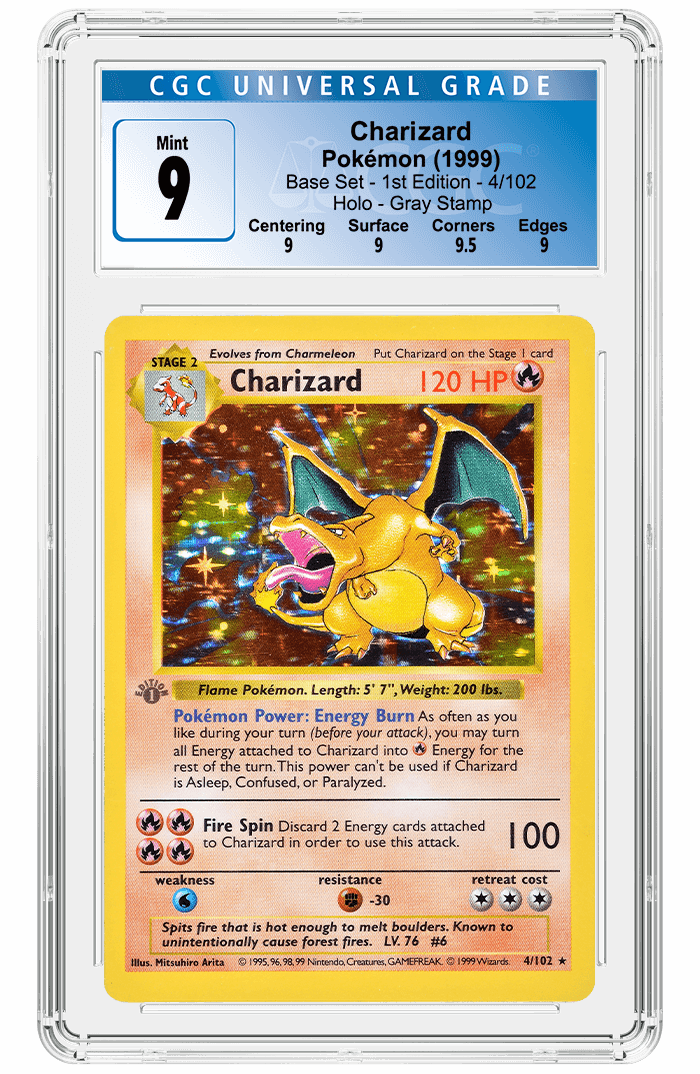Every TCG Has a Story: Cardfight!! Vanguard
Posted on 5/8/2024
In 2011, Bushiroad released a new anime series called Cardfight!! Vanguard, revolving around a city’s inhabitants who all play the newest TCG around. The series’ protagonist, Aichi Sendou, is a meek boy who discovers the Cardfight!! Vanguard TCG and begins to play at a local card shop. Throughout his time playing, he meets new friends and allies both in the real world and in the TCG’s fictional land of Cray, growing into a formidable Cardfight!! Vanguard player.
The release of the physical TCG came a few months after the anime first aired in Japan, when Bushiroad found an opportunity for its growing franchise to compete with the big three TCGs at the time (Magic: The Gathering, Pokémon and Yu-Gi-Oh!) Unlike those three, Bushiroad strove to directly connect the TCG with the Cardfight!! Vanguard anime — from mechanics to world building — so that players could truly feel as though they were within the world of Cray.
Many cards in the Cardfight!! Vanguard anime have identical versions in the physical TCG, complete with the same mechanical effects. For example, Aichi’s ace card — Blaster Blade — is seen many times throughout the original Cardfight!! Vanguard anime. In the anime, Blaster Blade may immediately retire an opponent’s rear guard, and Aichi uses this ability to his advantage. Blaster Blade’s physical card has the same ability, letting fans relive their favorite anime moments in real life.
How to Play – The History of the TCG
Because the Cardfight!! Vanguard TCG revolves around lore and world building, everything within the physical TCG is built around the fictional world of Cray. When the TCG was first released, Cray was home to several “Clans,” including the likes of Royal Paladins, Kagero and others. Each deck is usually constructed around one Clan, because mixing cards from other Clans together is heavily discouraged due to clashing mechanics.
Gameplay begins with players choosing a Grade 0 card from their deck and placing it on the field face down. After shuffling and deciding which player goes first, the starting vanguard cards are flipped over and the game begins. On a player’s turn, they can take a variety of actions, including placing up to five other guards around their main vanguard — two front guards and three rear guards, riding their vanguard to a new level (which includes placing a higher Grade card onto their vanguard, such as placing a Grade 1 on top of a Grade 0, all the way up to Grade 4), and using card abilities to debilitate their opponent or bolster their own decks.
On an attack phase, the player chooses which front guards to use to attack their opponent. The opponent can defend using their own front- or rear-guard cards, or cards from their hand. If the attacker’s Power is greater than the opponent’s Guard stat, the attack goes through, and the defending unit is destroyed. If the Guard stat is higher, the attack is nullified.
If a player attacks an opponent’s vanguard, the Drive Step is applied. When dealing or receiving damage, both players will flip over the first card on top of their deck and check for a trigger symbol in the top right corner. There were four types of triggers in the original TCG: Critical, Heal, Stand and Draw. Critical triggers deal an extra point of damage to the player. Heal triggers heal one damage from the player receiving damage. Stand triggers allow the player to freely stand one of their used cards. Finally, Draw triggers let the player draw an extra card.
Once all effects and triggers are resolved, the damage goes through, and the opponent puts the corresponding number of cards in their Damage zone. Once a player has six cards in their Damage zone, they have lost and the game is over, with their “spirit” fading from Cray.
Lore and TCG Changes
Cardfight!! Vanguard gained popularity as both an anime and TCG and has since been released to audiences all over the world. Since its release 14 years ago, the series has grown and expanded to include several new anime series and new TCG cards, which includes rules and lore. The result has led to a near overhaul of the original TCG.
In addition to the basic rules of the original TCG, Cardfight!! Vanguard has added several new mechanics, including new triggers and effects, the addition of new play formats, additional deck types and unique rulings, and much more. While the flow of the TCG gameplay remains largely the same, important mechanics have been added, including Imaginary Gift and Persona Ride, that were not present in the original TCG.
Additional changes to lore include the abolishment of “Clans” in favor of “Nations,” which combined several distinct Clans together. For example, the original Bermuda Triangle mermaid “Clan” formed the Lyrical Monasterio nation, which includes not only mermaids but also idols from varying races. This allowed for an easier time building decks in the TCG and extended lore in the anime.
To learn more about Cardfight!! Vanguard and how to get started playing, check out the official website by clicking here.
About CGC
Since revolutionizing comic book grading in 2000, CGC has grown to include certification services for a vast variety of pop culture collectibles. These divisions include CGC Cards, CGC Video Games and CGC Home Video. CGC Cards provides expert card grading for sports cards, TCGs and non-sports cards. CGC Video Games is dedicated to video game grading for the most popular consoles, including Nintendo, Sega, Atari, PlayStation and more. CGC Home Video provides expert VHS grading in addition to other types of videocassettes, DVD, Blu-ray and more.
Stay Informed
Want news like this delivered to your inbox once a month? Subscribe to the free CGC eNewsletter today!









